Insertion depth: The depth at which a thermocouple is inserted into the measured location will affect its accuracy. Improper depth selection can lead to temperature discrepancies between the thermocouple and the object being measured, resulting in errors. In addition, the insertion depth is also related to the material of the protective tube. Metal protective tubes, due to their good thermal conductivity, should be inserted deeper; Ceramic materials have good insulation performance and can be inserted shallowly.
Response time: The response time of thermocouples can also affect measurement accuracy. Short response time and small error. The response time mainly depends on the structure and measurement conditions of the sensor, with significant differences. For the constantly changing temperature of the measured location, especially during instantaneous changes, the response time of the sensor is required to be in the millisecond range. Therefore, ordinary temperature sensors not only lag behind the temperature change rate of the measured object, but also produce measurement errors due to the inability to achieve thermal equilibrium.
Surrounding environmental thermal radiation: In industrial environments, thermal radiation is strong and can affect the measurement accuracy of thermocouples. Especially when the thermocouple sensor is heated by the thermal radiation emitted by a high-temperature object, and the temperature difference between the thermocouple and the surrounding environment is large, temperature measurement errors will occur due to energy exchange.
Measurement error of instruments: In temperature control systems, the error of measuring instruments can affect the overall control accuracy.
Thermocouple oxidation: In high temperature environments, thermocouples are prone to oxidation, leading to a decrease in thermoelectric potential and affecting accuracy.
Cold end temperature change: Thermocouples measure the temperature difference between the cold and hot ends, and the temperature of the cold end is known and determined. But if the temperature of the cold end changes, it will affect the final measurement result. Therefore, it is necessary to ensure that there are no cooling points or heat sources near the cold end.
Thermocouple extension line issue: If the polarity of the thermocouple is connected incorrectly, the measured temperature will definitely be incorrect. In addition, the material and resistance of the extension line may also affect the measurement accuracy.
Grounding issue: If a thermocouple is grounded at multiple locations, it will create a grounding loop, which will affect measurement accuracy. Generally speaking, grounding the transmitter or controller is sufficient, and both do not need to be grounded.
Model selection: There are multiple models of thermocouples, such as K-type, J-type, N-type, etc. Each model has a different temperature range, accuracy, and output. Choosing the wrong model can lead to a decrease in measurement accuracy.
Alloy composition changes: Thermocouples are a type of alloy material, and the various components of the alloy undergo subtle changes during the manufacturing process. Therefore, some accuracy errors in thermocouples are inevitable, but this is already accurate enough for most applications.
Usage time: The measurement accuracy of thermocouples will drift over time, and large measurement temperatures, measurement cycle times, and cycle frequencies can all cause drift, which is difficult to predict. Therefore, users need to regularly replace thermocouples based on their experience.

 English
English русский
русский 简体中文
简体中文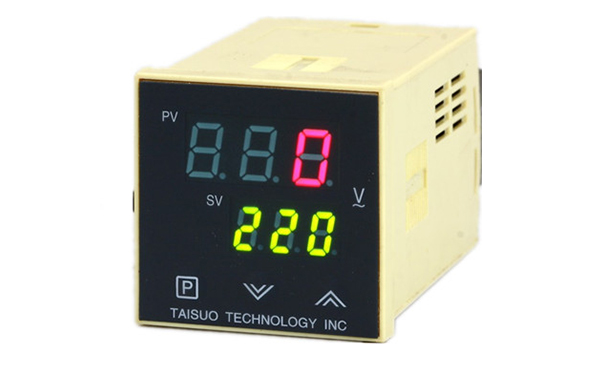
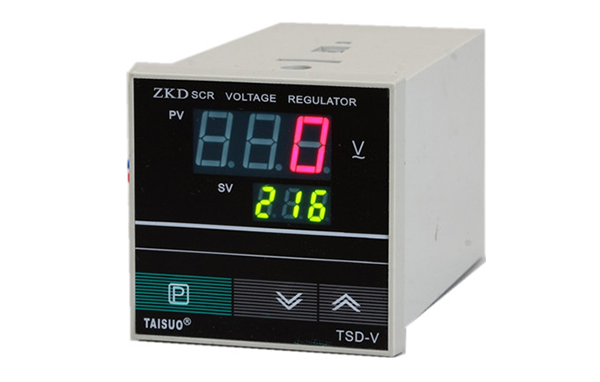



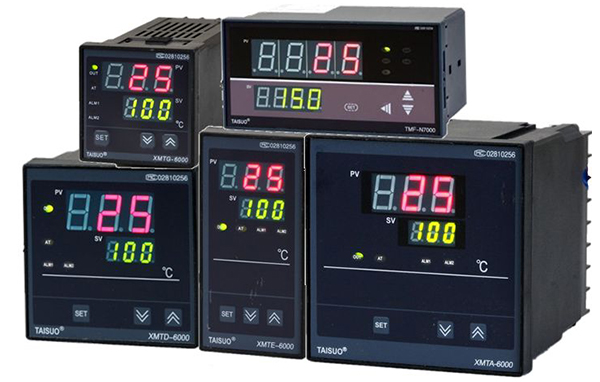
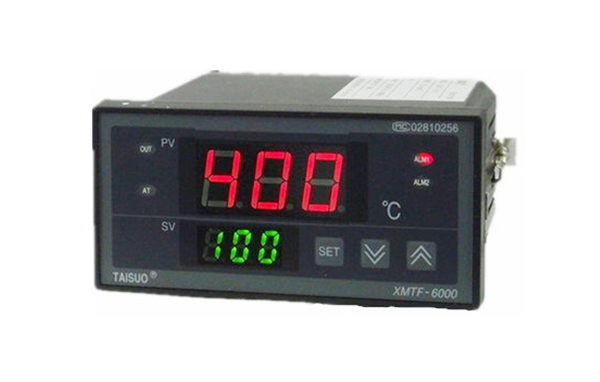
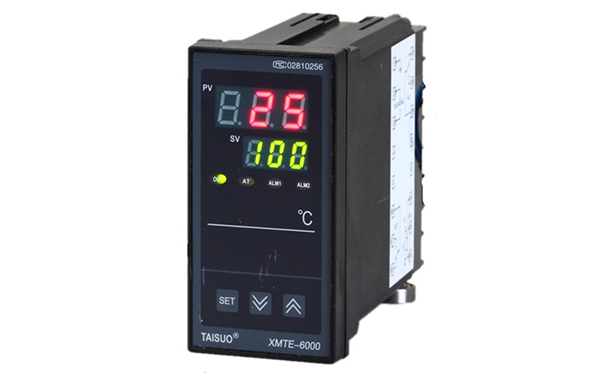
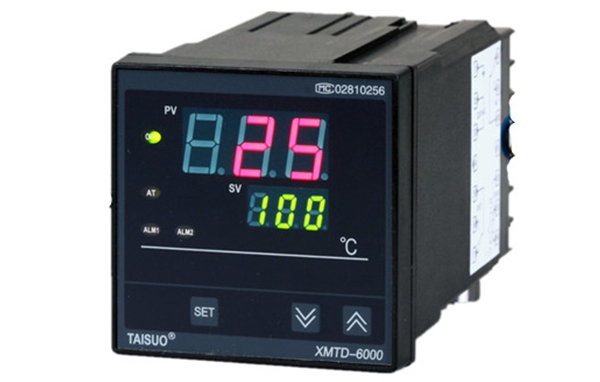

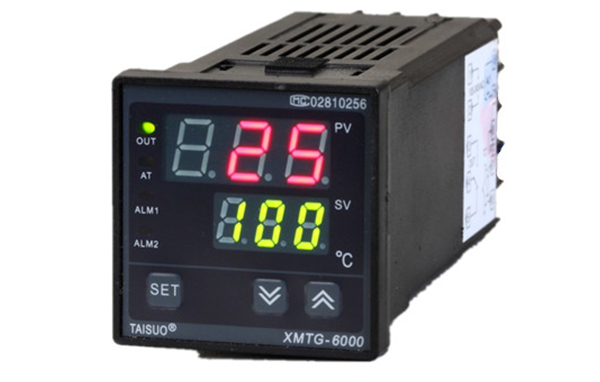


 Ins: tai_suo
Ins: tai_suo

